Ever met someone whose presence dominated the room, making you feel unworthy? Have you ever come across a person who always solicits flattery and acclaim, behaving like they are more important than others? Then you have probably encountered a narcissist. Let us delve into the subtle signs of narcissism.
Narcissism is a personality disorder which results in an inflated sense of one’s self-importance; constant need for attention and admiration and lack of empathy. It is not their polished, persuasive words but their non-verbal cues that are often revealing.
Today, we will explore the importance of identifying non-verbal signs of a narcissist and delve into narcissistic body language, covert narcissist stare and some other key indicators that can help you navigate these challenging encounters.
What Are Non- Verbal Signs?
Non verbal signs refer to different ways people communicate without speaking. These include-
- Body Language
- Facial Expressions
- Gestures
- Posture
- Tone of Voice
While people can manipulate verbal communication through intention, non-verbal cues are usually harder to control and expose the real feeling of a person. Being able to understand non-verbal communication enables us to read between the lines when it comes to subtle signs of narcissism.
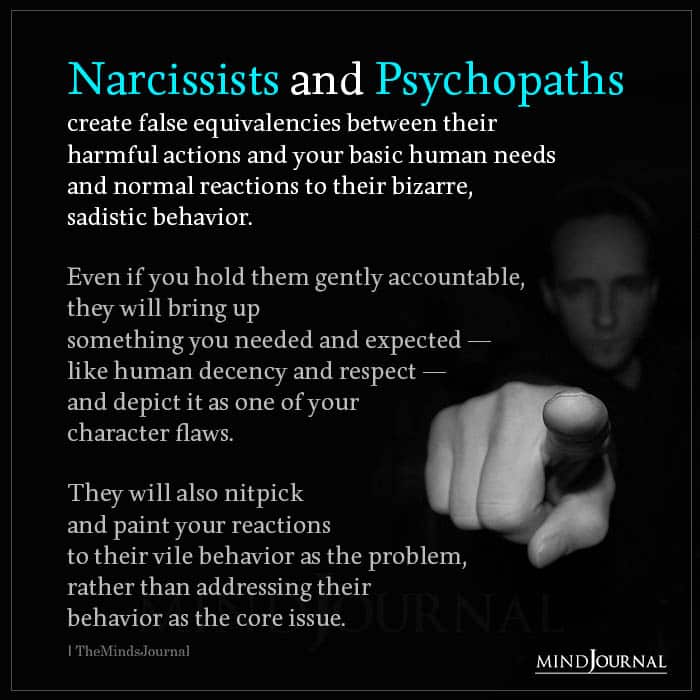
Related: 8 Body Language Signs Your Partner Is Losing Interest In You
Importance of Identifying Narcissistic Body Language
The need to recognize the body language of a covert narcissist is important when dealing with a narcissist because it reveals their underlying motivations and manipulative tactics.
Below are a few reasons why you should learn how to recognize a narcissist’s non-verbal signs:
1. Self-Preservation
You can protect yourself from their manipulative actions by identifying nonverbal and subtle signs of narcissism. Through this, you can establish your boundaries and keep away from any possible emotional harm they may cause you.
2. Building Empathy
Recognizing the non-verbal cues of a narcissist can help you develop empathy for their victims. You can give support to those who have been affected by their behavior by understanding these subtle signals.
3. Avoiding Manipulation
By deciphering the body language of a covert narcissist, you can become more resistant to their tactics and maintain control over your own emotions and decisions that may lead you astray.
20 Non-Verbal Signs of a Narcissist
From eye rolls to grand gestures, understanding the subtle signs of narcissism through non-verbal cues is crucial for protecting yourself. Here are some of non-verbal signs of a narcissist you should be aware of –
1. Grandiose Body Language
In order to draw attention to themselves, narcissists often use exaggerated body language. They may stand with their chest pushed out, make expansive gestures and postures.
The aim is to create an aura of importance and superiority as well as trying to dominate any social interaction.
2. Intense Eye Contact (or Lack Thereof)
Through intense eye contact, narcissists try to control others lives, thus, demonstrating power over them. They lock onto their victim’s eyes making them feel uncomfortable or worthless; this is sometimes referred to as the covert narcissist stare.
On the contrary, some narcissists do not make eye contact at all, using the covert narcissist stare to dismiss or devalue people whom they think are below them.
3. Dismissive Attitude & Mannerisms
Narcissists use subtle facial expressions to show their contempt for others. For example, they may roll their eyes to undermine you, smirk condescendingly about your accomplishments, or yawn deliberately to show that they are bored.
These little signs of narcissism are aimed at belittling others’ contributions and maintaining their supremacy.
Related: 26 Body Language Signs Of Controlling People
4. Facial Expressions of Contempt
Contemptuous facial expressions are common non-verbal clues that a person is a narcissist. They could sneer with one side of their mouth or slowly raise an eyebrow to convey how superior they think they are.
Covert narcissistic body language has the effect of diminishing or trashing others while reinforcing their grandiosity.
5. Lack of Empathy in Facial Expressions
Empathy is something that ties individuals together and leads them to understand each other’s feelings. However, it is difficult for many narcissists to present real empathy through facial expressions.
The body language of a covert narcissist may lack the appropriate emotional response, appearing detached or disinterested in the feelings of others.
6. No Emotion on Their Face
Sometimes, it is like the face of a narcissist becomes blank – no emotions can be seen especially if such matters do not involve them directly or where they feel indifferent.
These subtle signs of narcissism speak volumes about their emotional aloofness and lack of empathy as they mostly focus on themselves and what they want.
7. Lack of Genuine Smiling
Authentic smiles require activation of the orbicularis oculi muscles around the eyes (Duchenne smiles). Narcissistic individuals often fail to generate genuine smiles because more than anything else; they care about self-presentation rather than any true emotional bond.
The result is smiles that appear insincere or forced unlike those with real emotion and genuineness in them.
8. Uncommon Eyebrow Movement
The eyebrows may be quite revealing when it comes to non-verbal communication. Narcissists can have unique eyebrow movements that reveal their arrogance and superiority.
For instance, they may raise one eyebrow in a patronizing manner, frown to show annoyance or disapproval or use exaggerated eyebrow movements to draw attention to themselves.
9. Talking Over Others
Narcissists are attention seekers who need constant validation. During conversations, they will often interrupt and switch the focus back to them.
These non-verbal cues show how dominant they are when others speak, leaning too close, using expansive gestures and tapping their fingers impatiently on the table while waiting for others to finish speaking.
10. Inadequate Reactions or Responses
There may be instances where narcissists respond inappropriately to situations or discussions that do not agree with their self-centered perspective. They may overreact or underreact as an indication of lack of emotional control.
These minor manifestations of narcissism tend to shift the focus back towards them and allow them control over what is being discussed.
Related: Power-Packed Body Language Tips For Making A Killer First Impression
11. Mirroring and Mimicking
In order for them to gain rapport and manipulate other people; narcissist often employ mirroring as well as mimicking techniques.
A false sense of connection is created with the target when the narcissist subtly copies their victim’s body language, speech patterns, and gestures. Through this form of narcissistic body language an abuser locates weaknesses which he uses as tools of manipulation thereby establishing some sort of dominance.
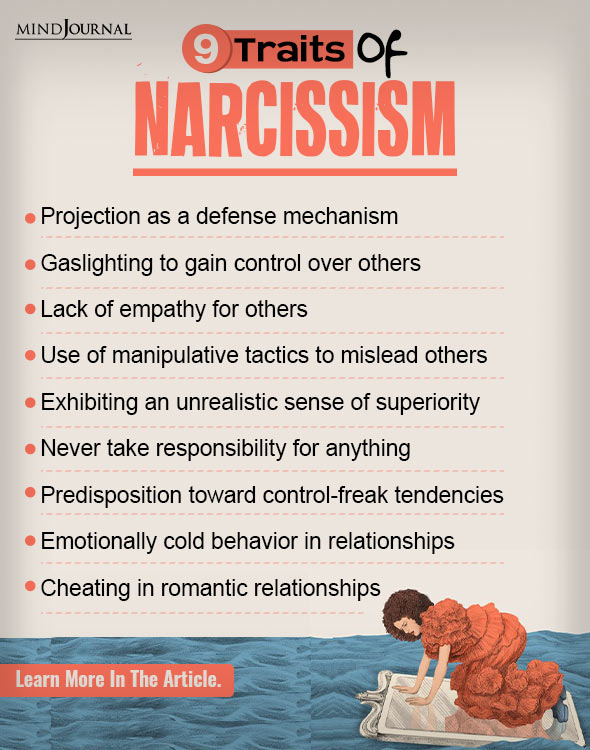
12. Defensive Postures
Whenever any criticism is offered against their grandiose identity, covert narcissists would usually exhibit defensive postures. These postures can consist of crossing arms either in front or across the chest; leaning away from the person who made the remark; or adopting a closed off posture like folding one’s arms or legs tightly.
The body language of a covert narcissist acts as a shield to protect their weak ego from any threats it perceives around them.
13. Authoritative and Scornful Stance
Narcissists commonly assume an air of superiority and disdain through their body language. They may stand tall with their shoulders back, projecting an air of self-importance.
It is by assuming this upright and imposing posture that they establish dominance and show that they are better than others.
14. Excessive Self-Grooming
Most narcissists tend to be extremely concerned about how they look and what other people think about them. For instance, they will constantly be checking themselves in the mirror or even other reflective surfaces, fixing their hair or clothes.
These non-verbal signs subtly indicate self-obsession which comes out through constant need for self-validation based on appearance.
15. Lack of Personal Space Boundaries
Personal space boundaries should be respected during social interactions. Narcissists, on the other hand, simply disregard these boundary lines and encroach into the personal space of other people to exert their dominance and control.
Being too close, touching others without permission or crossing personal spatial boundaries for instance by standing close enough to make others uncomfortable are some ways that narcissism can be shown.
16. Controlling Hand Movements
Narcissists often use controlling hand movements as a way of manipulating conversations and keeping power. Hand gestures can be employed to steer discussions, pointing fingers at people to blame them or dismissive hand motions to mock others’ opinions.
These subtle signs of narcissism are used to show supremacy over others around them.
Related: 40+ Body Language Signs And Cues To Strip Down Someone’s Personality
17. Inward-Facing Palm Position
The position in which hands are held can indicate hidden motives and attitudes. The palms of narcissistic people often face inwardly, which is seen as a defensive act.
A covert narcissist uses this type of body language in order to protect themselves as well as their ego from any perceived threat or criticism.
18. Lack of Active Listening
Active listening entails fully immersing oneself in the speaker’s message so as to understand what the speaker wants to communicate completely. Nonetheless, there is a general indifference or lack of attention exhibited by narcissistic individuals whenever someone else is talking.
They might show signs that they are not paying attention such as looking elsewhere, texting on their phone or impatiently showing annoyance. This conduct suggests an absence of genuine concern with respect to other persons thoughts and feelings.
19. False Humility
False humility is an insincere display of modesty where individuals downplay their achievements or receive compliments with insincerity. It masks their underlying self-centeredness and desire for attention, often revealed through subtle cues like smirks or dismissive gestures.
Though narcissists may fake humility once in a while, their body language often betrays their true motives. To maintain an inflated ego by appearing modest to others, they use such behaviors as smirks, raised eyebrows and eye rolls.
20. Lack of genuine curiosity.
Narcissists often fail to develop their empathy for others because they are usually self-centered. They may show no interest or curiosity about other people. Such nonverbal cues include expressionless face, the minimal eye contact and absence of follow up questions.
These subtle signs indicate narcissism and detachment from meaningful connections.
These non-verbal signs can help you comprehend why people with this disorder behave in a particular way. Nevertheless, Remember, the presence of one or more of these signs does not definitively label someone as a narcissist.
But in combination with other typical behavior patterns, these silent signals can be quite enlightening about motives and manipulative approaches used by individuals with narcissistic tendencies.
Knowing this can make it easier to deal with one on one interactions with them and also watch out for your own feelings.
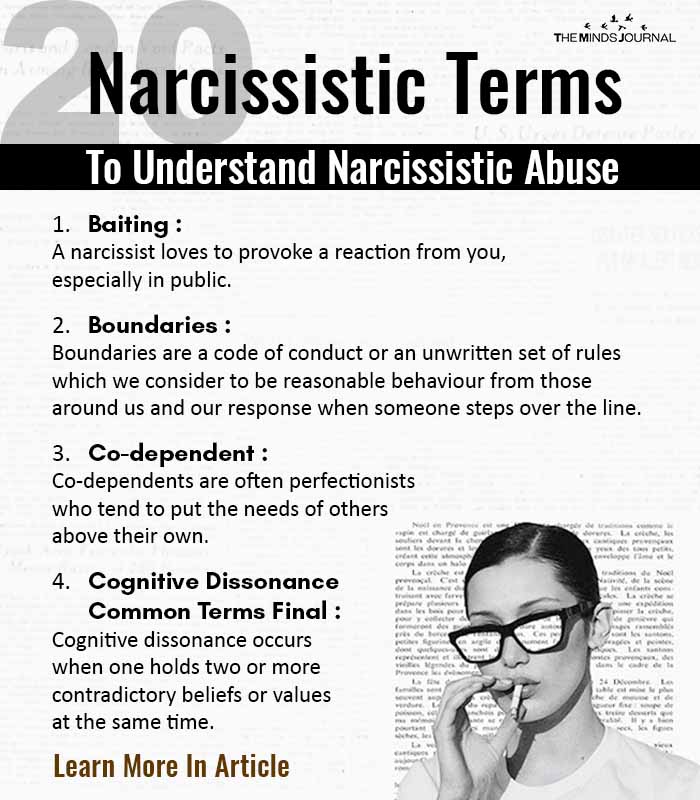
Developing awareness of these signs can help you navigate interactions with narcissists more effectively and protect your own emotional well-being.
Takeaway
Being able to identify non-verbal and subtle signs of narcissism is important because it equips individuals with the knowledge needed to take care of themselves in difficult situations.
By observing body language, facial expressions, covert narcissist stare and other nonverbal cues, you can understand what a person really intends or wants.
Note that none of these are proof that someone is a narcissist but can be indicators that you need to look closer at their behavior.
Armed with such knowledge, you will create an environment where your emotional health is safeguarded while dealing with them will require a lot of understanding on your part as well as resilience.
Related: 4 Signs Of An Inferiority Complex In Your Body Language
Frequently Asked Questions (FAQs):
What is the narcissistic love pattern?
The narcissistic love pattern is characterized by idealization, devaluation and discard phases where the narcissist manipulates relationships for selfish gains.
How do you disarm a narcissist?
Setting boundaries around self-disclosure, not engaging emotionally, seeking professional help for better communication and relating.
What are the 4 stages of narcissistic abuse?
Idealization, devaluation, discard, and hoovering are the four stages of narcissistic abuse, a manipulative pattern in toxic relationships.

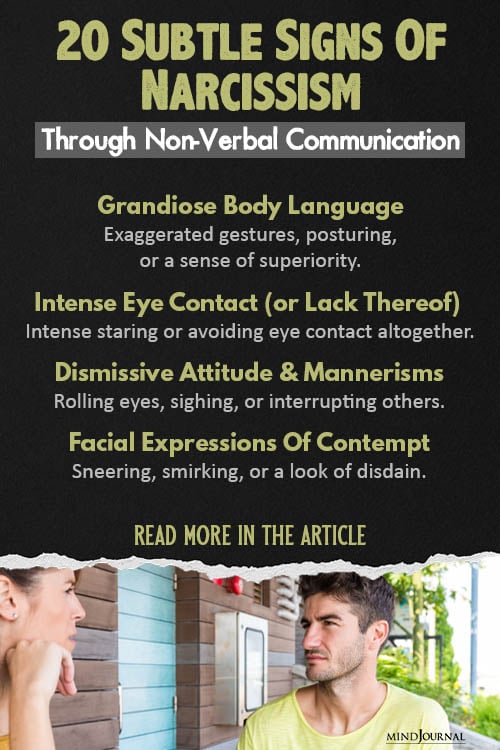







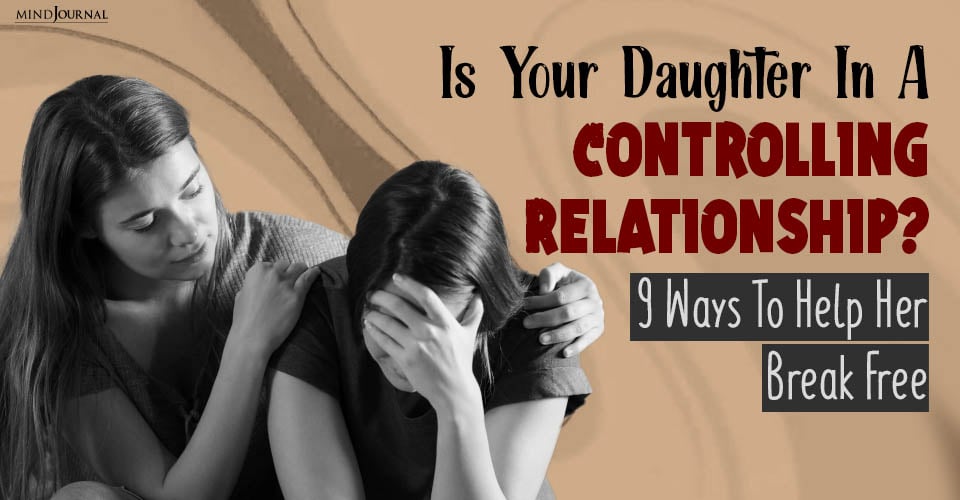
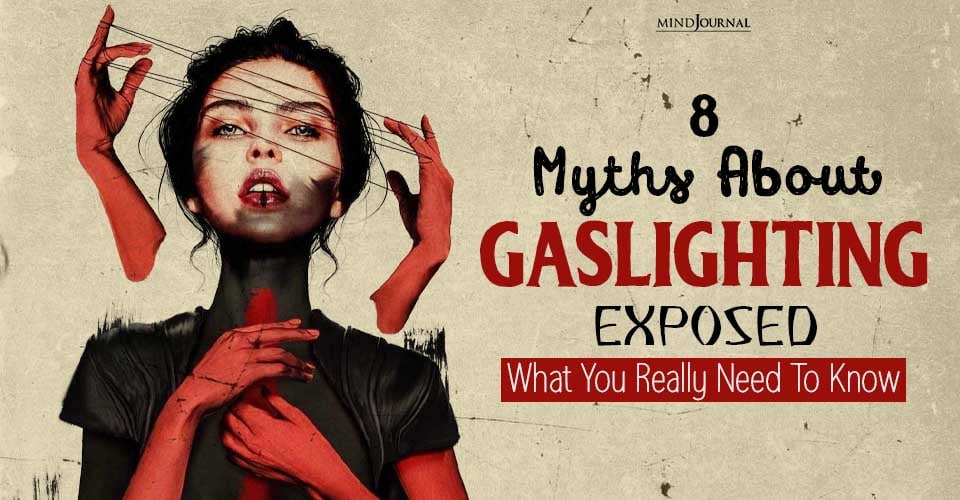
Leave a Reply